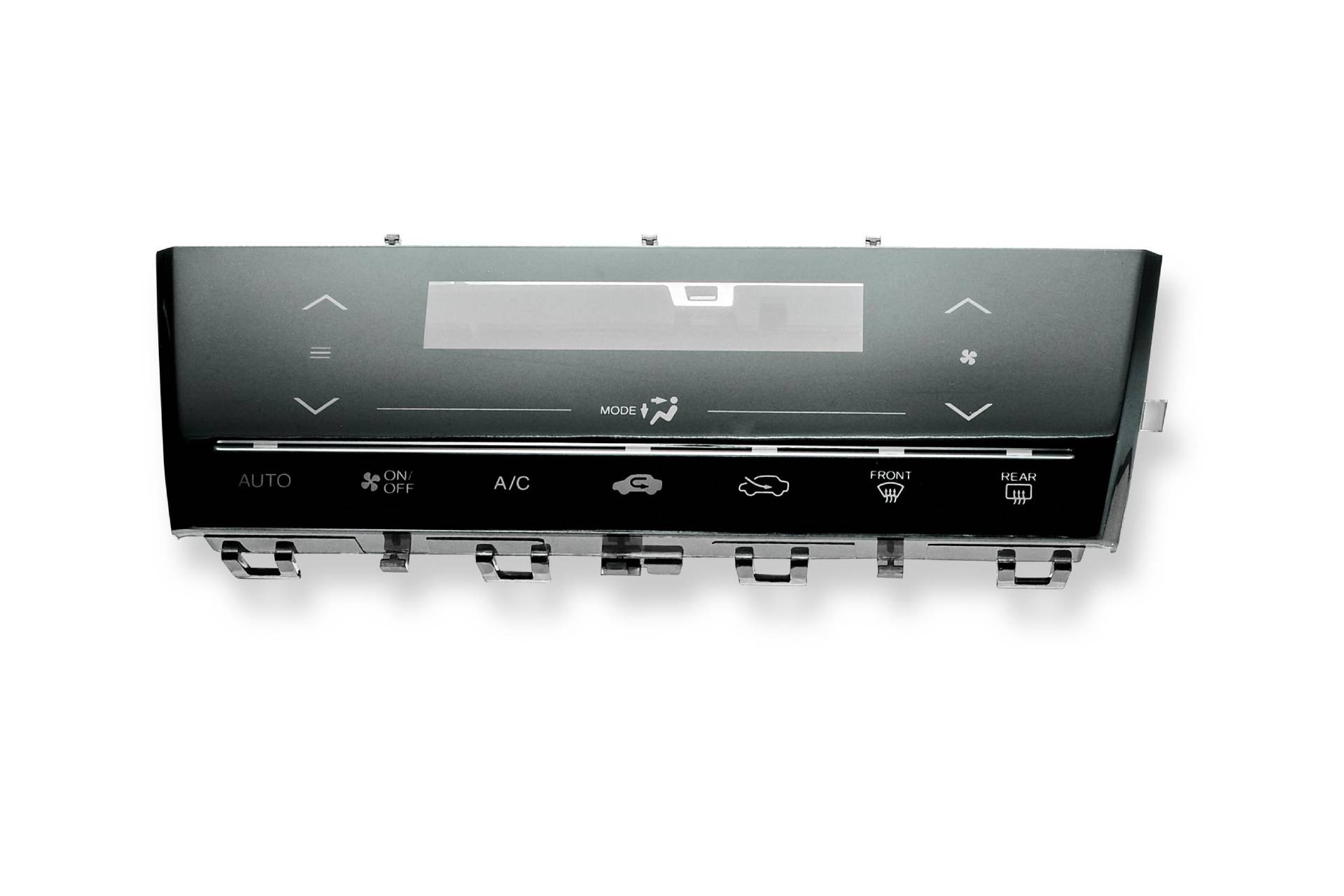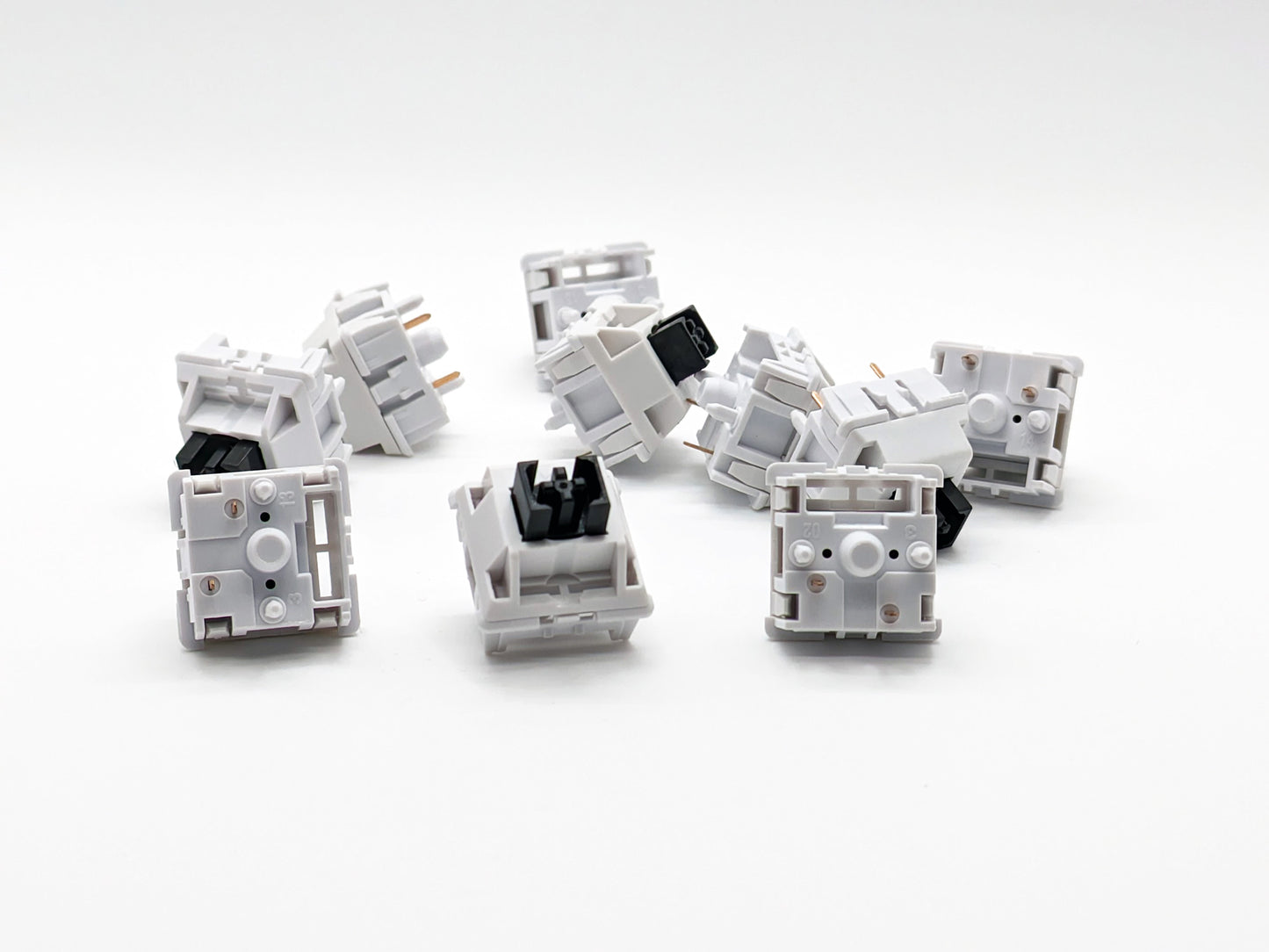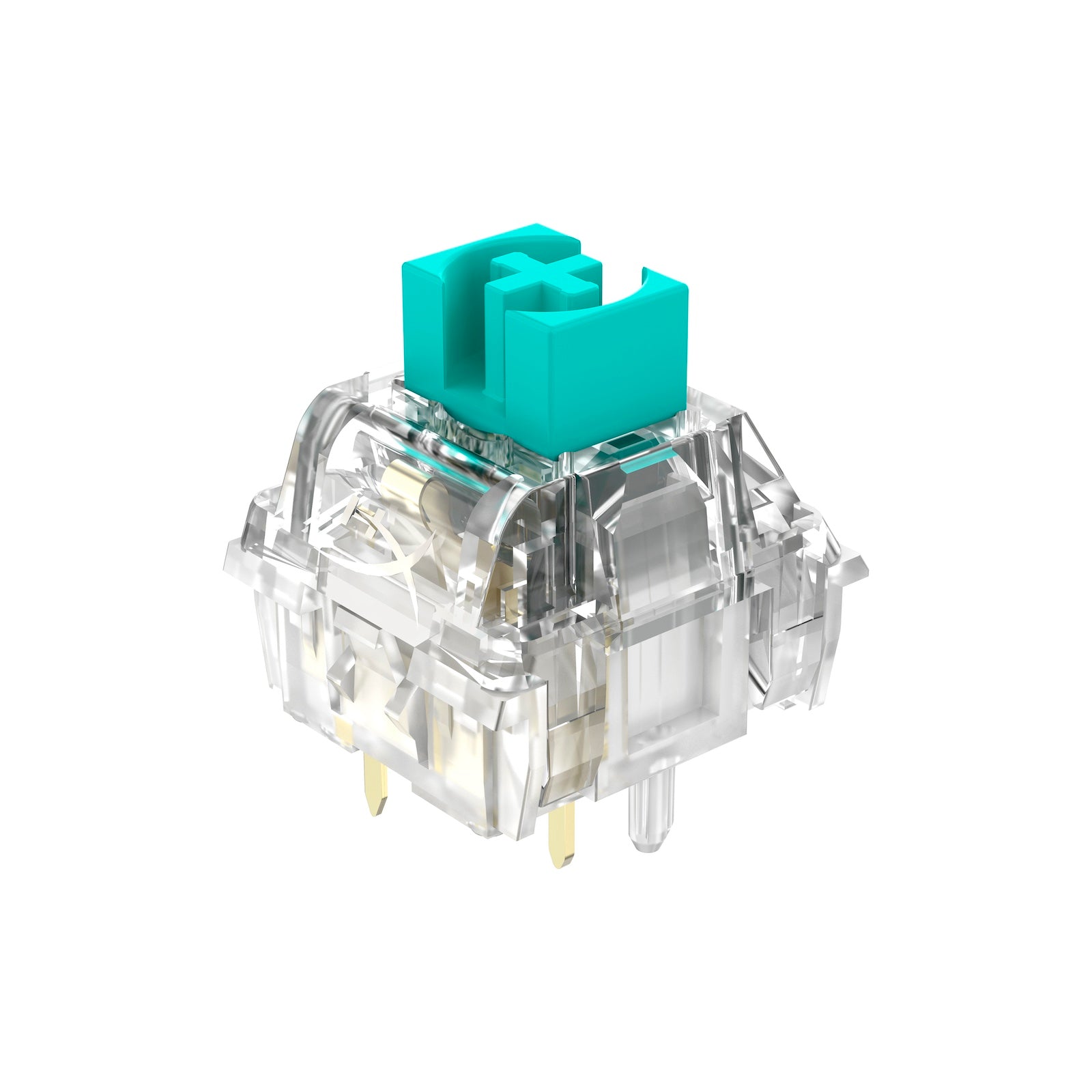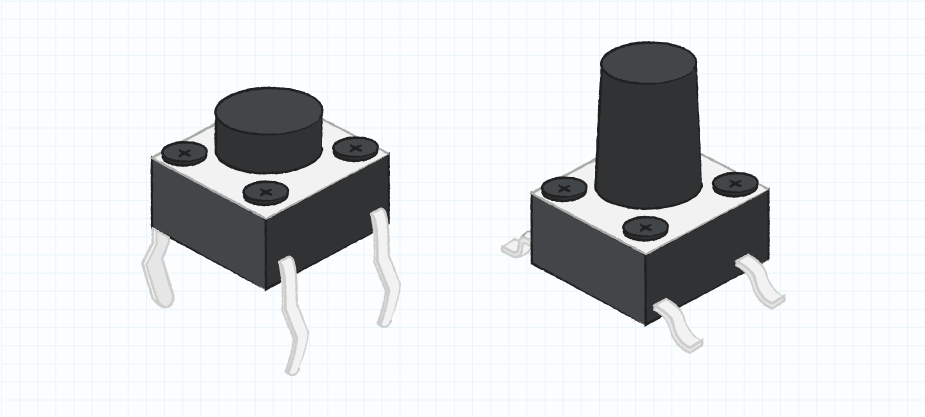Try out different tactile switches to find the best keystroke feedback for you.
Comprehending the Conveniences of Tactile Switches Over for Boosted Individual Experience
Tactile switches are indispensable to modern customer interfaces, giving physical feedback that improves communication precision and individual contentment. By using a distinct experience upon activation, tactile switches validate user inputs without the demand to draw away aesthetic attention, improving task implementation and lowering mistake prices.
Discovering the Mechanics of Tactile Changes
To recognize how responsive buttons improve user experience, it is necessary to dig right into their technicians. Responsive buttons run via a system that users can really feel and hear when a key is pushed. This is accomplished by integrating a tiny dome or bump within the button, which produces resistance at a specific factor in the keypress pathway. When this point is exceeded, the resistance paves the way, generating a noticeable 'click.' This physical experience is crucial as it offers immediate physical responses to the individual, validating that the input has been made without needing to trigger the button entirely.
The building of these buttons differs, yet common materials consist of steel for the calls and rubber or silicone for the tactile dome - tactile switches. These parts are crafted to hold up against numerous cycles, ensuring sturdiness and regular performance with time. This integrity makes tactile buttons especially favored in settings that require quick, specific individual input
How Tactile Feedback Boosts Accuracy and Rate
Numerous customers discover that tactile responses from switches significantly enhances both the accuracy and speed of their communications with gadgets. The unique physical sensation given when a responsive switch is actuated permits customers to validate their input without needing to ascertain visually. This verification is essential in environments where focus is split across several jobs, as it ensures inputs are both deliberate and right.
Furthermore, the prompt feedback from tactile buttons lowers the moment taken between activities. Users do not need to push secrets numerous times to make sure activation, causing quicker response times. This efficiency is especially advantageous in high-speed keying scenarios where each millisecond can add to general productivity.

In addition, the improved sensory experience reduces user fatigue and increases involvement, making communications a lot more instinctive and much less susceptible to errors - tactile switches. Thus, tactile buttons not just enhance the functionality of a tool however likewise contribute to a more satisfying user experience
The Duty of Tactile Switches Over in Video Gaming Performance

Moreover, tactile buttons add to faster response times. The physical experience verifies the vital press without the need to base out the tricks, enabling quicker inputs and a smoother video gaming experience. This is particularly helpful in video games that demand rapid and recurring keystrokes, where speed is commonly as critical as precision.

Tactile Switches in Professional Settings
Responsive buttons are equally transformative in expert atmospheres, where effectiveness and ergonomic design enhance performance. These buttons, frequently discovered in high-precision keyboards, are prized for their receptive responses. When pushed, they offer a noticeable bump midway with the keypress, confirming activation without the demand for full traveling. This attribute enables specialists such as typists, designers, and information entrance staffs to increase typing rate and precision, lowering the threat of errors and the pressure connected with prolonged keyboard use.
In setups like control spaces or studios, responsive switches are go to the website integrated right into devices for their reputable performance. They offer operators the certainty needed in high-stakes atmospheres, guaranteeing that every command or change is carried out as meant. This reliability, combined with the responsive action, assists preserve high degrees of focus and operational efficiency, critical in preserving operations and meeting specialist standards.
Contrasting Tactile and Non-Tactile Customer Interfaces
Just how do responsive user interfaces contrast to their non-tactile counterparts? Tactile user interfaces, such as those with physical switches or textured surface areas, provide instant physical responses with touch.
The selection in between responsive and non-tactile interfaces frequently depends on the application's context and user demands. Responsive interfaces are important in situations calling for procedure without direct line of view, such as driving or in certain commercial settings.

Conclusion
In final thought, responsive buttons significantly enhance individual experiences by supplying crucial physical responses. By offering a more intuitive and gratifying interaction, tactile switches show exceptional to non-tactile interfaces, making them a preferred choice for users seeking dependability my company and efficiency in their communications with modern technology.